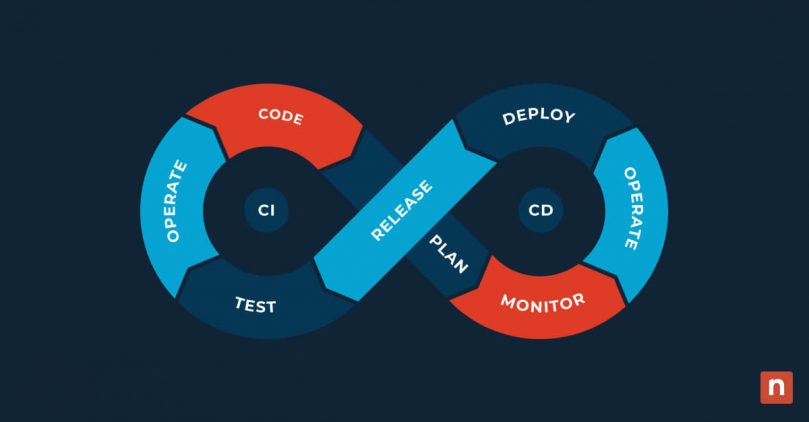bron: Integraal overgenomen van medium
Origineel auteur: Martyna Slawinska & Ajeet Singh Raina
MindsDB is a platform for customizing AI from dynamic data. With its nearly 200 integrations to data sources and AI/ML frameworks, any developer can use their own data to customize AI for their purposes, faster and more securely.
Let’s solve the problems as defined one by one:
MindsDB integrates with numerous data sources, including databases, vector stores, and applications. To make your data accessible to many popular AI/ML frameworks, all you have to do is execute a single statement to connect your data to MindsDB.
MindsDB integrates with popular AI/ML frameworks, including LLMs and AutoML. So once you connect your data to MindsDB, you can pass it to different models to pick the best one for your use case and deploy it within MindsDB.
With MindsDB, you can manage models and data seamlessly, implement custom automation flows, and make your AI systems improve themselves with continuous finetuning.
With MindsDB, you can build AI-powered applications easily, even with no AI/ML experience. You can interact with MindsDB through SQL, MongoDB-QL, REST APIs, Python, and JavaScript.
Follow along to learn how to set up MindsDB in Docker Desktop.






